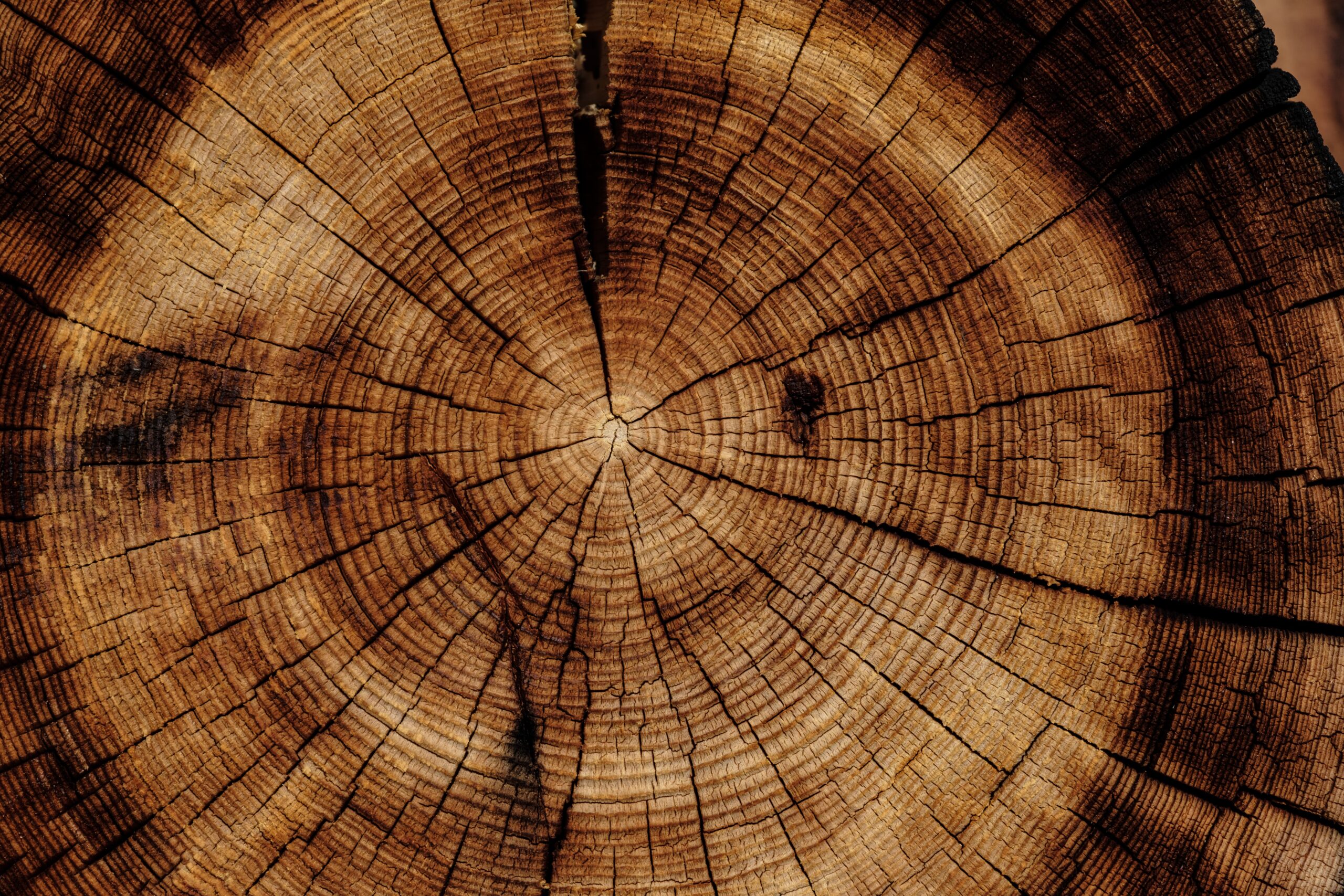Interested in learning about the general consensus surrounding engineered wood flooring in the UK? Look no further. This article will delve into the varying viewpoints and preferences regarding this innovative flooring option. Whether you’re a homeowner contemplating a renovation or a curious individual seeking insights into interior design choices, read on to uncover the opinion on engineered wood flooring in the UK.
Benefits of Engineered Wood Flooring
Durability
Engineered wood flooring is known for its durability. Its construction, with multiple layers of wood bonded together, makes it more resistant to warping and shifting than solid wood floors. Engineered wood flooring can withstand heavy foot traffic and is less likely to show signs of wear and tear compared to other flooring options.
Variety of Styles
One of the major advantages of engineered wood flooring is the wide range of styles available. Whether you prefer a classic, traditional look or a modern, contemporary design, there are plenty of options to choose from. You can find engineered wood flooring in different wood species, finishes, and colors, allowing you to match your flooring to your unique style and décor.
Cost-effectiveness
Engineered wood flooring offers a cost-effective alternative to solid wood flooring. While it provides the same aesthetic appeal and durability as solid wood, it typically comes at a lower price point. This makes it a more affordable option for homeowners who want the look of hardwood flooring without the high price tag.
Easy Installation
Engineered wood flooring is designed for easy installation. It can be glued down, nailed, or even floated over an existing floor. The interlocking or click-lock systems used in engineered wood flooring make it a popular choice among DIY enthusiasts. With proper preparation and basic tools, you can install engineered wood flooring without the need for professional assistance.
Compatibility with Underfloor Heating
Engineered wood flooring is compatible with underfloor heating systems, making it a popular choice for modern homes. The construction of engineered wood, with its stability and resistance to temperature changes, allows heat to transfer efficiently through the floor. This ensures a comfortable and energy-efficient heating solution for your home.
Concerns about Engineered Wood Flooring
Environmental Impact
While engineered wood flooring is made from real wood, there are concerns about its environmental impact. The production process requires the use of adhesives and chemicals, which may have negative effects on the environment. However, many manufacturers are now using more sustainable materials and practices to minimize their ecological footprint.
Longevity
Compared to solid wood flooring, engineered wood may have a shorter lifespan. The thickness of the top layer, known as the wear layer, determines how many times the floor can be sanded and refinished. Thicker wear layers offer more opportunities for refinishing, increasing the longevity of the flooring. However, with proper care and maintenance, engineered wood flooring can still last for many years.
Vulnerability to Moisture
Engineered wood flooring is more resistant to moisture than solid wood flooring, but it is not completely impervious. Prolonged exposure to moisture can cause the layers to delaminate or warp. It is important to address any spills or leaks promptly and maintain proper humidity levels in your home to prevent moisture-related damage to your engineered wood flooring.
Scratch and Dent Resistance
While engineered wood flooring is more resistant to scratches and dents than solid wood, it is not completely immune. Heavy furniture, sharp objects, and pet claws can still cause damage to the surface. To protect your flooring, it is advisable to use furniture pads, regular maintenance, and avoid dragging heavy items across the floor.
Lack of Authenticity
Some homeowners prefer the authenticity and character of solid wood flooring. While engineered wood flooring can replicate the look of natural wood, some people may still perceive it as less authentic. However, the wide variety of wood species and finishes available in engineered wood flooring allows you to find a style that closely resembles the genuine article.

Consumer Trends and Preferences
Increasing Popularity
Engineered wood flooring has gained popularity among homeowners in recent years. Its durability, versatility, and affordability have made it a preferred choice for many. With advancements in manufacturing technology, engineered wood flooring has become more widely available and accessible to a broader range of consumers.
Preference for Natural Materials
There is a growing preference for natural materials in home design. Engineered wood flooring, with its real wood surface, fits this trend perfectly. It provides the warmth and beauty of natural wood while offering the practicality and stability of engineered construction.
Growing Demand for Sustainability
As awareness of environmental issues increases, consumers are seeking more sustainable flooring options. Engineered wood flooring made from responsibly sourced wood and manufactured using eco-friendly practices satisfies this demand. Many manufacturers now offer certified sustainable products, providing peace of mind to environmentally conscious consumers.
Preference for Authenticity
While engineered wood flooring can mimic the appearance of solid wood, some homeowners still value the authenticity of genuine hardwood. For those who prioritize the natural variations and unique characteristics of solid wood, they may opt for solid wood flooring even if it comes at a higher price point.
Trends in Design and Finishes
Engineered wood flooring continues to evolve in terms of design and finish options. From traditional oak to exotic species, there is a wide range of choices available. In terms of finishes, you can select from smooth, distressed, or textured surfaces to create the desired look and feel for your space. Matte finishes are particularly popular for their contemporary and low-maintenance appeal.
Health and Safety Considerations
Indoor Air Quality
Indoor air quality is a significant concern when it comes to flooring materials. Engineered wood flooring, especially those with low VOC (volatile organic compounds) emissions, can contribute to a healthier indoor environment. It is important to ensure that the adhesives and finishes used in the manufacturing process comply with relevant regulations and standards for indoor air quality.
Chemical Treatments and Adhesives
During the manufacturing process, engineered wood flooring may undergo chemical treatments and adhesion processes. Some chemicals used in these treatments may release potentially harmful substances into the air. It is essential to choose products that adhere to strict safety standards and certifications to minimize any health risks.
Slip Resistance
Slips and falls can happen on any type of flooring surface, including engineered wood. It is essential to consider slip resistance when selecting the finish or treatment for your engineered wood flooring, especially in high-traffic areas or in households with young children or elderly individuals. Non-slip coatings or textured finishes can help enhance safety.
Fire Safety
Fire safety is a crucial consideration for any flooring material. Engineered wood flooring, being made of wood, is combustible. However, many engineered wood flooring products have fire-resistant properties and meet relevant fire safety regulations. It is important to verify that the flooring you choose complies with fire safety standards to protect your home.
Maintenance and Cleaning
Proper maintenance and cleaning are essential to keep your engineered wood flooring in top condition. Regular sweeping or vacuuming to remove dirt and debris is necessary to prevent scratches. Avoid using excessive water or harsh cleaning agents that can damage the finish. Follow the manufacturer’s guidelines for specific cleaning instructions.

Installation and Maintenance
Installation Procedures
Engineered wood flooring can be installed using various methods, including glue-down, nail-down, or floating installation. The installation method will depend on the subfloor type and the manufacturer’s recommendations. It is crucial to follow proper installation procedures to ensure the longevity and performance of your engineered wood flooring.
Preparation and Subfloor Requirements
Before installing engineered wood flooring, thorough preparation of the subfloor is necessary. The subfloor must be clean, level, dry, and free from any imperfections that may affect the installation or performance of the flooring. The manufacturer’s installation guidelines should be followed carefully to achieve optimal results.
Maintenance Practices
Regular maintenance practices are essential to extend the life of your engineered wood flooring. This includes sweeping or vacuuming to remove dirt and grit, and promptly wiping up spills or moisture. It is also recommended to periodically use cleaning products specifically designed for engineered wood flooring to maintain its appearance and protect its finish.
Cleaning Methods
Cleaning methods for engineered wood flooring generally involve using a damp cloth or mop with a mild cleaning solution. However, it is crucial to avoid excessive moisture as it can damage the wood. Always refer to the manufacturer’s recommendations for cleaning products and methods to ensure the longevity of your flooring.
Repair and Refinishing
Over time, engineered wood flooring may sustain minor damage or wear. The ability to repair or refinish engineered wood flooring depends on the thickness of the wear layer. Thicker wear layers can be sanded and refinished multiple times, while thinner wear layers may have limitations. It is advisable to consult a flooring professional for any repairs or refinishing needs.
Comparisons with Other Flooring Options
Solid Wood Flooring
Engineered wood flooring and solid wood flooring have many similarities, but they also have some key differences. Solid wood flooring is made entirely of natural wood, while engineered wood has a plywood or high-density fiberboard (HDF) core with a real wood veneer on top. Solid wood flooring offers authenticity and a longer lifespan but may be more expensive and susceptible to moisture and temperature changes.
Laminate Flooring
Laminate flooring is a popular alternative to engineered wood. It consists of synthetic layers with a realistic photographic layer that mimics the appearance of real wood. While laminate flooring is generally more affordable, engineered wood flooring offers a more authentic look and feel. Engineered wood is also more durable and resistant to moisture than laminate.
Vinyl Flooring
Vinyl flooring is another alternative to engineered wood. It imitates the look of wood but is made of synthetic materials. Vinyl flooring is highly durable, water-resistant, and often more affordable than engineered wood. However, it may lack the warmth and authenticity that comes with real wood flooring.
Carpets and Rugs
Carpets and rugs provide a different aesthetic and feel compared to engineered wood flooring. They offer warmth, comfort, and sound insulation but may require more maintenance and can harbor allergens. Engineered wood flooring, on the other hand, is easier to clean and maintain, making it a popular choice for those who prefer a sleek and easy-to-care-for flooring option.
Tile Flooring
Tile flooring, particularly ceramic or porcelain tiles, is a durable and water-resistant option. It is suitable for areas prone to moisture, such as bathrooms and kitchens. In terms of aesthetics, tile flooring offers a sleek and modern look. However, engineered wood flooring provides the warmth and natural beauty of wood, which appeals to many homeowners.

Industry Regulations and Standards
British Standards and Certifications
In the UK, there are certain British Standards and certifications that apply to engineered wood flooring. These standards cover aspects such as dimensional tolerances, moisture resistance, and durability. Recognizing and selecting products that comply with these standards ensures the quality and performance of your engineered wood flooring.
Environmental Certification Schemes
Various environmental certification schemes exist to promote sustainable practices in the flooring industry. Certifications such as FSC (Forest Stewardship Council) and PEFC (Programme for the Endorsement of Forest Certification) ensure that the wood used in engineered wood flooring comes from responsibly managed forests. Look for these certifications when choosing environmentally friendly products.
Health and Safety Regulations
Engineered wood flooring, like any flooring product, must comply with health and safety regulations. These regulations ensure that the flooring materials meet certain safety standards and do not pose any risks to the occupants of the space. It is essential to choose flooring products that adhere to these regulations to ensure the well-being of your household.
Consumer Protection Legislation
Consumer protection legislation safeguards the rights and interests of consumers. When purchasing engineered wood flooring, it is important to ensure that the product meets the specified requirements and is free from defects. Familiarize yourself with consumer protection laws to make informed decisions and protect your investment.
Quality Assurance and Warranty
Reputable manufacturers and retailers often provide quality assurance and warranty for their engineered wood flooring products. These warranties typically cover manufacturing defects and can vary in duration and coverage. It is advisable to carefully read and understand the terms and conditions of the warranty before making a purchase.
Cost Considerations and Market Analysis
Average Cost of Engineered Wood Flooring
The cost of engineered wood flooring can vary depending on factors such as the wood species, finish, thickness, and manufacturer. On average, the cost per square foot can range from £20 to £60, including installation. It is important to consider the long-term value and durability of engineered wood flooring when comparing its cost to other flooring options.
Market Trends and Growth
The market for engineered wood flooring continues to grow due to its increasing popularity among consumers. Advancements in manufacturing technology have made it more accessible and affordable, contributing to its market growth. As more homeowners prioritize durability, versatility, and sustainability, the demand for engineered wood flooring is expected to continue its upward trajectory.
Factors Affecting Pricing
Several factors can affect the pricing of engineered wood flooring. Premium wood species, thicker wear layers, unique finishes, and additional features such as extra-long planks or hand-scraped textures can increase the cost. Additionally, installation costs, the complexity of the project, and regional market variations can influence the overall price.
Availability and Distribution Channels
Engineered wood flooring is widely available through various distribution channels, including specialized flooring retailers, home improvement stores, and online platforms. The availability and accessibility of engineered wood flooring contribute to its growing popularity and market penetration.
Comparison of Price and Value
When considering the cost of engineered wood flooring, it is essential to assess its long-term value. Engineered wood flooring offers durability, versatility, and aesthetic appeal comparable to solid wood flooring at a more affordable price point. Its ease of installation and compatibility with underfloor heating further enhance its value proposition, making it a worthwhile investment for many homeowners.
Expert Opinions and Recommendations
Professional Installers and Contractors
Professional installers and contractors often have extensive experience with different types of flooring materials, including engineered wood. Their expertise allows them to provide valuable insights and recommendations based on your specific needs and preferences. Consult with professionals to ensure proper installation and best practices for maintenance and care.
Interior Designers and Architects
Interior designers and architects play a crucial role in creating cohesive and aesthetically pleasing spaces. They can offer guidance on selecting the right engineered wood flooring that complements your overall design vision. Their expertise in materials, colors, and finishes can help you make informed decisions that enhance the beauty and functionality of your space.
Flooring Specialists
Flooring specialists have a deep understanding of the different flooring options available in the market. They can provide detailed information about the features, benefits, and drawbacks of engineered wood flooring. By consulting with flooring specialists, you can gain valuable insights into the latest trends, maintenance requirements, and performance characteristics of engineered wood flooring.
Homeowners and Consumers
The opinions of homeowners and consumers who have firsthand experience with engineered wood flooring can be insightful. They can share their satisfaction with the durability, aesthetics, and value of their flooring choice. It is advisable to seek out reviews and testimonials from homeowners and consumers to understand their perspectives and make informed decisions.
Sustainability and Environmental Experts
Sustainability and environmental experts can provide valuable insights into the ecological impact of engineered wood flooring. They can advise on the use of sustainable materials, manufacturing processes, and certifications to prioritize environmentally friendly options. Their guidance can help you choose engineered wood flooring that aligns with your sustainability goals.
Conclusion
Engineered wood flooring offers numerous benefits, including durability, a variety of styles, cost-effectiveness, easy installation, and compatibility with underfloor heating. However, it is crucial to consider concerns related to its environmental impact, longevity, vulnerability to moisture, scratch and dent resistance, and perceived lack of authenticity. Consumer trends and preferences, health and safety considerations, installation and maintenance practices, comparisons with other flooring options, industry regulations and standards, cost considerations, and expert opinions all contribute to the comprehensive understanding of engineered wood flooring. By carefully considering these factors, homeowners can make informed decisions about whether engineered wood flooring is the right choice for their unique needs and preferences. Balancing preferences with practicality, considering long-term performance and value, and staying updated on industry developments can ensure a positive experience with engineered wood flooring in the UK.
Read our Skirting Board Review
